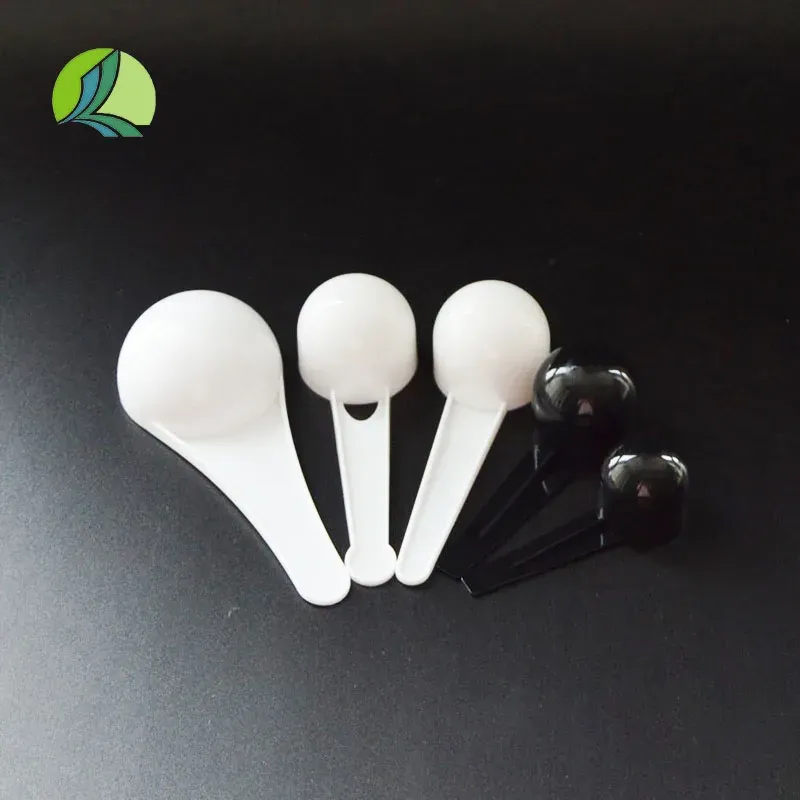https://www.wahmg.com/)">
Innovative PET Bottle Design Ideas for Juice Packaging and Sustainability Solutions
Innovative PET Bottle Design Ideas for Juice Packaging and Sustainability Solutions
Innovative PET Bottle Design for Juice A Sustainable Future
In recent years, the beverage industry has witnessed a significant transformation, driven largely by growing environmental awareness among consumers and the need for sustainable packaging solutions. Among the various options available, PET (polyethylene terephthalate) bottles have gained prominence due to their lightweight, durability, and recyclability. This article explores innovative designs for PET bottles specifically tailored for juice products, highlighting the importance of sustainability, functionality, and aesthetic appeal.
The Growing Demand for Sustainable Packaging
As global concerns over plastic waste escalate, the beverage industry is under increasing pressure to adopt eco-friendly practices. Consumers are increasingly inclined to purchase products that are packaged in recyclable or biodegradable materials. PET bottles, known for their excellent barrier properties, make an ideal choice for juice packaging. They effectively preserve the freshness and flavor of the juice while being lightweight and reducing transportation costs.
Innovative Design Concepts
1. Shape and Structure The traditional cylindrical design of PET bottles has begun to evolve. Designers are experimenting with unique shapes that enhance grip, throughput, and stackability. Ergonomically designed bottles with contoured sides make it easier for consumers to hold and pour juice, while innovative cap designs with built-in pouring spouts reduce spillage and allow for better control when serving.
2. Smart Features Incorporating technology into PET bottle design has the potential to improve user experience. For instance, some designs integrate QR codes on the label, letting consumers access information about the sourcing of ingredients, nutritional content, and recycling instructions. Additionally, temperature-sensitive labels that change color based on the juice’s temperature can inform consumers whether the product is best consumed chilled, enhancing the overall drinking experience.
pet bottle design for juice

3. Sustainable Materials While traditional PET is already a step towards sustainability, advancements in material science have resulted in the development of bio-based PET made from renewable resources like sugarcane or cornstarch. Utilizing these materials not only reduces dependency on fossil fuels but also lowers greenhouse gas emissions during production. Juice brands adopting bio-based PET can significantly enhance their sustainability credentials.
Aesthetic Appeal
In the competitive juice market, visual appeal plays a crucial role in attracting consumers. Designers are focusing on sleek and modern aesthetics, often using vibrant colors and transparent materials to showcase the juice inside. Unique labeling techniques, such as using plant-based inks and minimalistic designs, can further capture consumer interest while communicating the brand’s commitment to sustainability.
The Role of Recycling and Circular Economy
An innovative PET bottle design for juice should also prioritize the end-of-life stage of the product. The introduction of a deposit return scheme, whereby consumers receive a small refund upon returning empty bottles, encourages recycling and promotes a circular economy. Additionally, manufacturing PET bottles with post-consumer recycled content not only reduces waste but also supports the recycling industry.
Conclusion
The design of PET bottles for juice is evolving in response to consumer demands for sustainability, functionality, and aesthetic appeal. By integrating innovative materials and smart features, producers can create more efficient, attractive, and environmentally-friendly packaging solutions. As the beverage industry moves towards a more sustainable future, the role of thoughtful and innovative PET bottle design will continue to be paramount in both preserving the quality of juices and addressing global environmental concerns. Ultimately, these advancements not only benefit the planet but also enhance consumer satisfaction, thereby driving brand loyalty and growth in an increasingly eco-conscious market.
-
Wholesale Plastic Juice Bottles with Caps 16 oz Options Available Bulk Packaging SolutionsNewsJun.10,2025
-
Laboratory Apparatus Reagent Bottle – Durable & Chemical Resistant Bottles for Safe StorageNewsJun.10,2025
-
Squeezable Dropper Bottles Durable, Leak-Proof & CustomizableNewsMay.30,2025
-
Affordable Plastic Petri Plates Sterile & Disposable Lab-GradeNewsMay.30,2025
-
Eye Dropper Caps Precision 24/410 & Plastic Bottle-Compatible TipsNewsMay.30,2025
-
Affordable Mini Spray Bottle Price & Wholesale Deals Shop NowNewsMay.29,2025





















